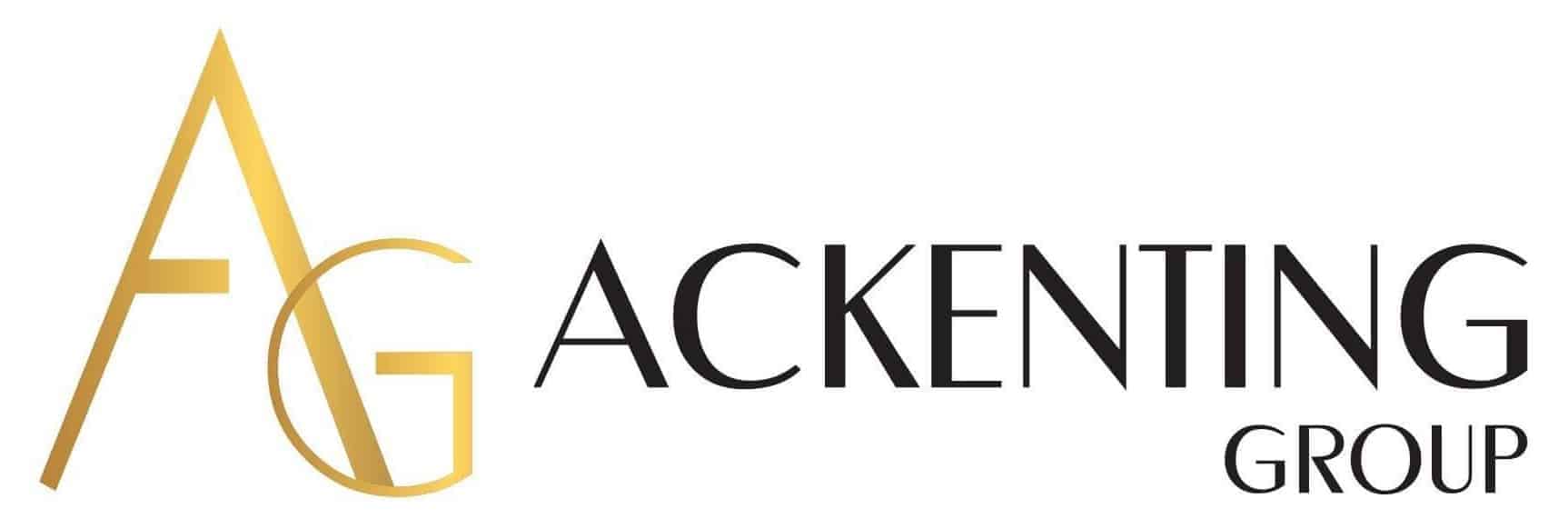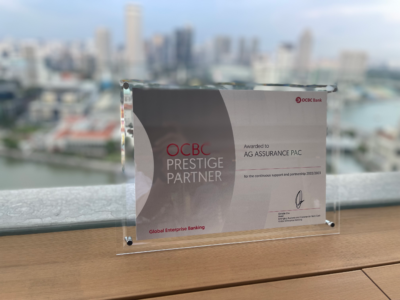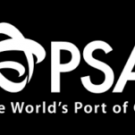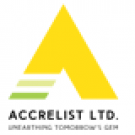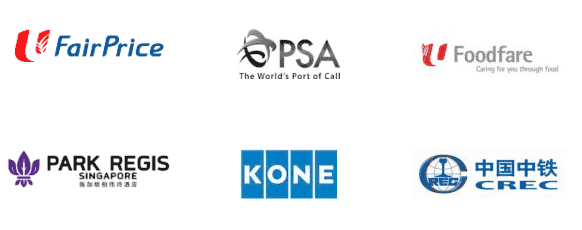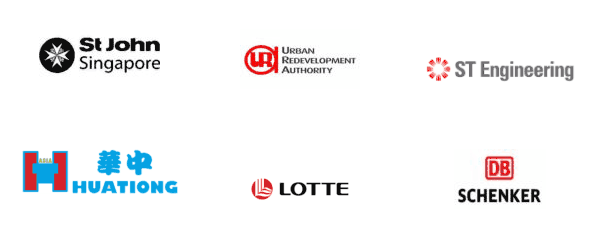With many accounting technologies available in the market, tracking the expenses of small businesses has been streamlined. However, despite technology making tracking easy and repetitive tasks automated, having a well-structured system, from expense organisation and categorisation to review and analysis, helps keep your financial records in order and meet regulatory compliance.
What are the Different Types of Business Expenses?
To effectively manage your company’s finances, you must first know what qualifies as a legitimate business expense.
Generally, business expenses can be divided into two main categories:
- Recurring or Fixed Expenses: These are predictable costs that typically remain consistent over a period. They do not fluctuate with your business’s output or sales volume. Examples include monthly rent, staff salaries, insurance premiums, and utility bills.
- Variable Expenses: Unlike fixed costs, these expenses change in direct proportion to your business’s activity. They can fluctuate from month to month based on demand, production, or marketing efforts. This includes the cost of raw materials, travel and accommodation for business trips, and marketing or advertising spend.
Common Business Expenses to Keep an Eye On
Even though every business has a unique set of costs, many small businesses share similar types of expenses. These include:
- Office Supplies: Everything from paper and pens to equipment falls under this category.
- Rent and Utilities: The costs associated with your physical workspace, including electricity, water, and internet bills.
- Salaries and Employee Benefits: This covers all costs related to your workforce, including wages, bonuses, Central Provident Fund (CPF) contributions, and medical benefits.
- Travel and Accommodation: These costs include all spending related to business trips, such as airfare, public transportation fares, and hotel bills.
- Marketing and Advertising Costs: This includes money spent on digital ads, content creation, social media campaigns, and print materials.
The Importance of Tracking Your Expenses
Neglecting to track your expenses can have serious consequences for a small business. Inaccurate records can lead to cash crunches, as you may be surprised by unexpected costs. This also results in inaccurate budgeting and forecasting, making it difficult to plan for the future. In the worst-case scenario, it can result in penalties from regulatory bodies, such as the Inland Revenue Authority of Singapore (IRAS), due to incorrect filings.
Conversely, a comprehensive expense tracking system provides numerous benefits that contribute directly to your business’s financial health:
- Cash Flow Control: Knowing exactly where your money is going allows you to manage cash flow more effectively, preventing financial surprises.
- Better Decision-Making: With a clear view and solid understanding of your expenses, you can confidently set prices, allocate company resources, and explore new investment avenues.
- Audit Readiness and IRAS Compliance: Meticulous records are essential for meeting regulatory requirements and ensuring you are always prepared should you need to file taxes or face an audit.
- Accurate Forecasting: Historical expense data provides a solid foundation for creating realistic financial forecasts, helping you plan for future growth.
- Optimised Business Operations: Tracking expenses helps you identify areas of inefficiency or wasteful spending, allowing you to streamline operations and improve profitability.
Best Way to Keep Track of Your Small Business’s Expenses
A systematic approach is the best way to keep track of business expenses. Implementing the following steps will help you establish a strong financial foundation and maintain control over your company’s spending.
1. Separate Business and Personal Finances
One of the most common mistakes new business owners make is mixing their personal and business finances. This can lead to accounting errors, confusion during tax season, and missed tax deductions.
To avoid this, open a dedicated business bank account and apply for a separate business credit or debit card. Using these for all your business transactions creates a clear distinction and simplifies the entire expense tracking process.
2. Organise and Digitise Receipts and Invoices
Receipts and invoices are the backbone of your financial records. Without them, you cannot prove your business expenses.
Set up a straightforward filing system for both paper and digital records. For physical documents, a simple folder with monthly labels works well. On the other hand, utilise cloud storage services and establish a consistent folder structure for digital files to organise documents by date or category, ensuring your records are always accessible and secure.
3. Categorise Expenses Correctly
Once your receipts are organised, the next step is to categorise each expense. Sort your spending by type, such as administrative costs, marketing, operations, or salaries. By correctly tagging each transaction to the right category, you create clearer financial statements and make tax preparation much more efficient. In turn, this allows you to identify all valid deductions easily.
4. Create a Budget and Stick to It
Use your historical data to create a realistic budget with monthly or quarterly spending limits for each category, which will serve as a guide to help you prevent overspending and promote financial discipline. Furthermore, regularly comparing your actual expenses with your budgeted amounts will help you identify where you are on track and where adjustments may be needed.
5. Review and Analyse Expenses Regularly
Consistent analysis provides valuable insights that support better financial decisions for your business. To achieve this, schedule a weekly or monthly check of your spending against your budget. This routine allows you to spot trends, identify areas of overspending, or discover opportunities to save money.
6. Consider Hiring Professional Help

For some small businesses, implementing and maintaining an expense tracking system can be time-consuming and overwhelming, especially as the business grows.
If you lack the in-house resources or expertise, bringing in a professional accountant or bookkeeper from a trusted accounting company is a practical solution. At AG, we can be your reliable partner by offering structured support for managing your finances, freeing you to concentrate on your main business operations.
Our team’s assistance ensures your records are accurate and current, with all transactions correctly categorised and reconciled. They can also oversee your recurring and variable costs, identify irregular expenses, and pinpoint all valid tax deductions to maximise your savings.
Build Your SME’s Financial Foundation
Effective expense tracking is not just an administrative chore; it is a strategic business practice that helps you to control your cash flow, make informed decisions, and ensure compliance.
At AG, we offer expert bookkeeping services tailored to the needs of small and medium businesses (SMEs). Our bookkeeping support helps you stay on top of your expenses, ensuring every transaction is meticulously recorded and categorised. We also manage your financial records with speed and precision, providing clear reports that give you a complete picture of your business’s health.
Let AG help you build a scalable, compliant, and future-ready financial process.
For more accounting and bookkeeping insights, check out how multi-currency accounting works and how to handle payroll for international remote workers, which will provide the financial clarity you need when you’re ready to expand overseas.
